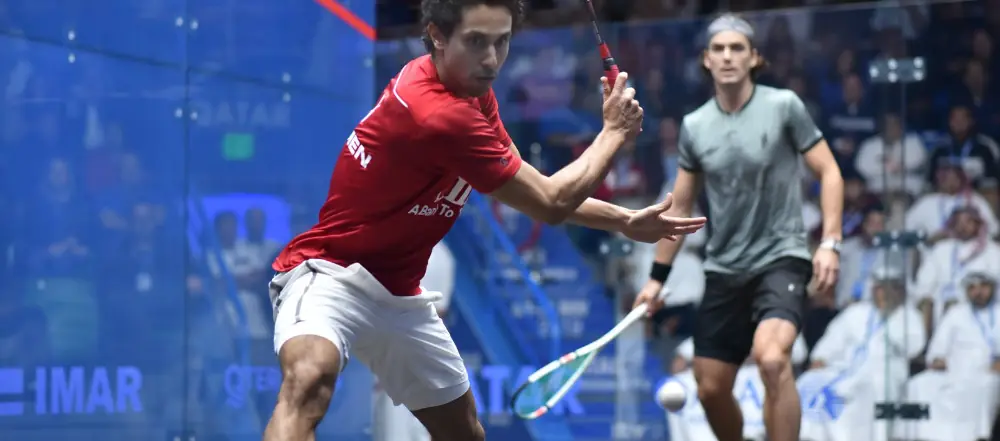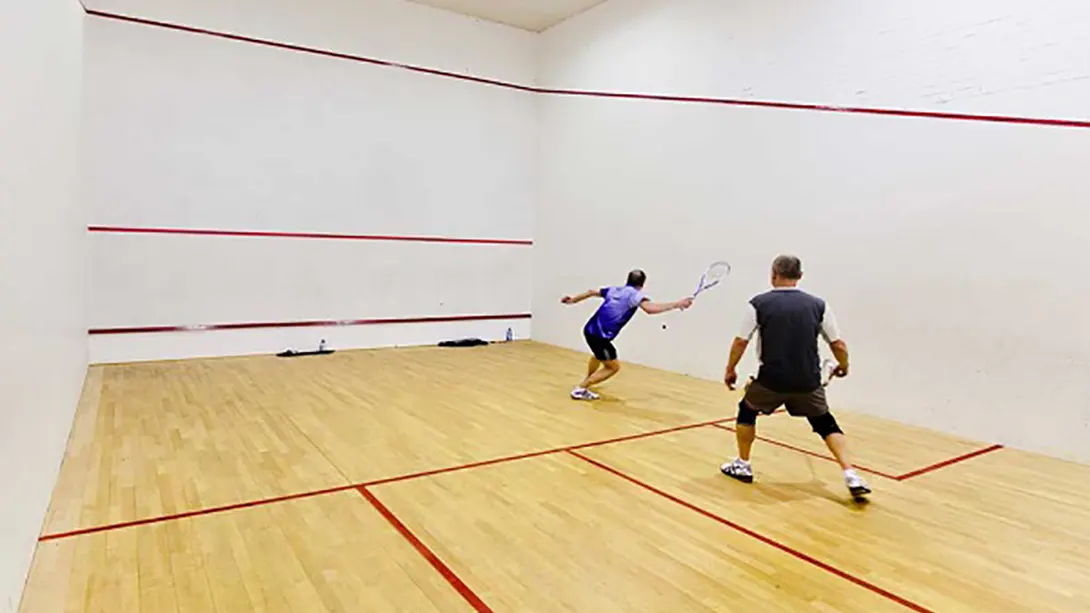25 October 2022 / 3-Min Read / Translate
The first answer is that they have a reduction in control. The harder you try to hit the ball, the less control you have over it. The same is true of very soft shots, but that’s another article. Notice that it’s “The harder you TRY to hit the ball”. Players can hit the ball harder than you, but with less effort. In those cases they can still control the ball. I’m not saying you lose all control. It’s a linear scale: the harder you try, the less control.
The second reason, and the focus of this article is the combination of hitting speed and moving speed. I haven’t been on court in many many months, and when I did, it was just to record a video, so in the last 2 years I’ve been on court a handful of times. But I bet I could still hit the ball quite hard. Certainly not as hard as I did in my twenties, but almost as hard as most good club players.
And here lies the problem. I’m slow. The good news is that I know I’m slow. The bad news is that you might not know you are slow! Now, you might not be objectively slow, but you will almost certainly be slower than you need to be if you hit the ball very hard. Let’s look at why it’s important.

I suspect he is about to hit the ball quite hard, although he could equally play a trickle boast or even a drop!
A lot, and I mean a lot of club players hit crosscourt way too often because they know they would be in the way of their opponent if they hit straight. This is evident from all my years of coaching, as well as the video analysis that I’ve done with club players in the last few years. it’s especially prevalent on the service return, but also at the front of the court.
Part of the issue is over-running, part of it is not being able to move backwards with the follow through and the final part is being able to hit the ball harder than that can move. It’s a clear correlation. A sensible player is not going to rush to the front corner and hit a straight rive just to find themselves stuck against the wall with the ball hitting them or passing close by and their opponent waiting to get a stroke.
So what is the solution? learn how to lunge as the last step, and sue the momentum of the follow through to begin you movement back tot he T and secondly, stop hitting the ball so hard. I’m not suggesting you play a soft lob every time, but even small reduction in power can give you enough time to not have the stroke called against you.
The second issue with hitting too hard for your moving speed is being able to cover your opponent’s shots. In my case, and almost certainly yours too, I could hit a sweet drive across the court and if it’s not wide enough my heartless opponent will simply volley it, worse, it could be a volley drop. By the time, I have started to move back to the T in the hope of replacing my opponent, he has hit the ball and I have no time to respond.
The same speed shot hit by a pro and they would be back near the T before the ball is hit. It’s not that I am simply standing and watching the ball after I hit it, it’s just that I’m too slow. And remember, I did say that at the beginning of this article! Recognising you are too slow to cover your hard shots is the first step on your journey to balance hitting speed with moving speed.

If it hits straight, will he be in the way? Depends on how hard he hits it.
Watch any pro and see how quickly they get back to the T. personally, it’s what impresses me the most nowadays. The quality of shots they play is amazing, but it’s the movement that I feel has really improved in the last 10 years. It’s so impressive.
Moving well is technique. Moving fast is partly technique and partly fitness. The proportion of each changes with your age. As you get older, the fitness aspect gets more important, or at least it seems to. I would like you to finish reading this article with the renewed goal of improving your speed around the court, with the knowledge that your movement towards the ball greatly affects your movement back to the T.
Balance you hitting speed with your movement speed and try to slowly increase both.